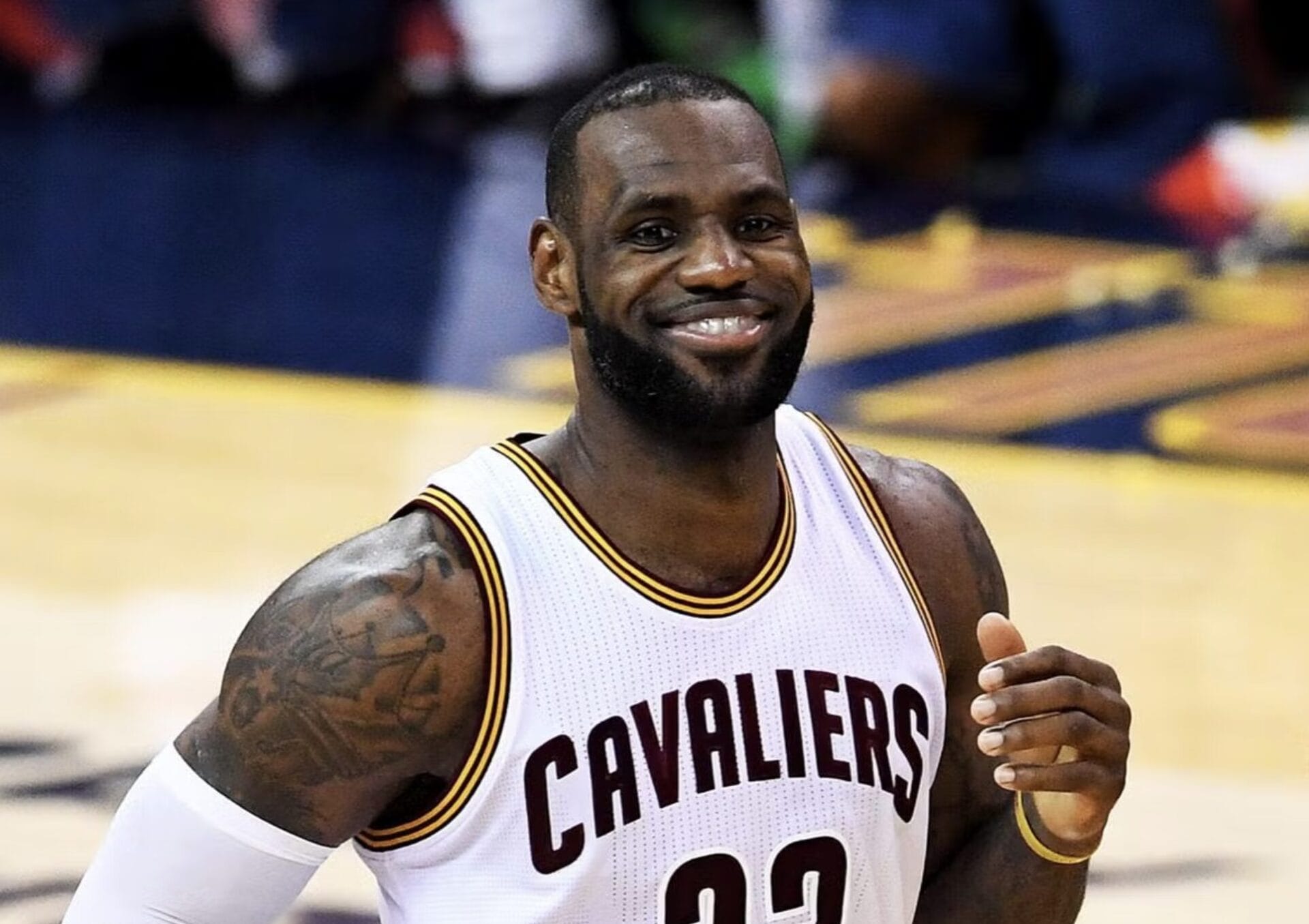Female hair loss can be caused by different factors. Female pattern hair loss is the most common cause with over 50% of females suffering from hair loss by the time they reach 50 years old. In this blog we explain this common condition and what can be done to treat it.
Female Pattern Hair Loss
Similar to male pattern baldness, females can suffer hair loss as a result of dihydrotestosterone (DHT). However, the pattern of hair loss in females differs from males. Unlike males, females suffer generalised thinning of their hair at the top of the head or crown. This process can cause moderate to severe hairline and crown hair loss if not treated. It is best summarised in the Ludwig scale of female patterned hair loss (picture below).

What causes female pattern hair loss?
Both males and females seem to be affected by dihydrotestosterone when it comes to hair loss. However, the way in which hair loss happens is different. In females you will find your hairs become progressively thinner over time with not much hair actually falling out. This mainly affects the top of the head as you can see from the picture above. As the hair thins out you can start to see more of the scalp giving the appearance of baldness.
Dihydrotestosterone works by acting at the hair follicles, making the hairs weaker and causing the follicles to shrink. In some cases, the lifecycle of these hair follicles can also change and the follicles die earlier causing baldness.
In most cases hair thinning (female pattern baldness) is a natural ageing process, however in some women thinning may start in their 20s with thinning becoming noticeable in their 40s. Some female hair loss sufferers may also have hair recession at the front of their head too.
Importantly, hair thinning does not affect the back of the head in female pattern baldness. If it does then it is likely you are suffering from acute telogen effluvium or chronic telogen effluvium (more on these topics in our next blog).
Sufferers of the condition Polycystic Ovary Syndrome (PCOS) will also notice they may have female pattern hair loss. This is because in PCOS you get an increased amount of DHT (dihydrotestosterone) in your body. This therefore contributes to a faster hair thinning process. If you are wondering whether you suffer from PCOS or not, you can check if you have the following common PCOS symptoms too:
- Acne
- Facial hair
- Irregular periods
- Difficulty in becoming pregnant
If you are worried about PCOS then please go and see your GP who can carry out further blood tests to find out more. To find your nearest GP then click here.
What treatments are available to me?
There are some good treatment options for female pattern baldness. One of the first-line treatments available to you is Minoxidil (Rogaine®). This medication helps to increase blood supply (nutrients and oxygen) to the hair follicles. As a result you should start to see your hair becoming thicker.
Unlike male pattern baldness, females can’t take medications such as finasteride to prevent DHT (dihydrotestosterone) from acting at the hair follicle. This is because finasteride, in trials so far, hasn’t shown safe clinical evidence to prevent hair thinning and promote hair thickening.
Other treatment options that you can consider include Laser Therapy and PRP injections.
If you have developed significant female pattern baldness and have completely bald patches then you will likely benefit from a hair transplant. This involves taking hair from the back of your head and placing it in areas that you have become bald. At The Treatment Rooms London we are able to provide this as an unshaven procedure meaning you have little signs that you have undergone surgery.
If you are a female suffering from hair loss then please don’t delay. Contact us at The Treatment Rooms London and we can book you in for a consultation.
References
- https://www.nhs.uk/conditions/hair-loss/coping-tips-for-women/
- http://www.bad.org.uk/for-the-public/patient-information-leaflets/hair-loss—female-pattern/?showmore=1&returnlink=http%3A%2F%2Fwww.bad.org.uk%2Ffor-the-public%2Fpatient-information-leaflets#.XBPbnBP7TqY
- https://www.huffingtonpost.ca/2019/01/29/why-am-i-losing-my-hair_a_23656335/?guccounter=1
Share:
Authored by
Reviewed by
Book a Consultation
Related Blogs
Jack Grealish’s Hair and Hairline
February 17, 2025
Jack Grealish is a professional football player who plays for England and Manchester City FC. His perfectly…
Jordan Pickford’s Hair and Hairline
February 16, 2025
Jordan Pickford is an accomplished English goalkeeper currently between the sticks from Everton FC. Performing at a…
Mo Salah’s Hair Transplant: Before, After, and His New Hairline
February 16, 2025
Mo Salah’s Hair transformation has sparked much speculation, with many people saying he has undergone a hair…
Can You Take Finasteride 3 Times A Week?
February 14, 2025
Quick Summary: Finasteride And Its Dosage Understanding Finasteride: Finasteride, a commonly prescribed medication for male pattern baldness,…
Dimitar Berbatov’s Hair Transplant: Before, After, and His New Hairline
February 11, 2025
Dimitar Berbatov was one of the most elegant footballers to grace the Premier League. During spells at…
Can Antidepressants Cause Hair Loss?
February 11, 2025
Quick summary: Can antidepressants cause hair loss? Have you noticed more hair in your brush or shower…
Jordan Peterson Hair Transplant: Before, After, and His New Hairline
February 10, 2025
Compared to his previous hairline, it is hard not to speculate that Jordan Peterson has had a…
LeBron James Hair Transplant: Before and After
February 7, 2025
For many years LeBron James could be seen on the basketball court with his hairline receding behind…
Collagen for hair loss: What you need to know
February 6, 2025
Quick summary: Collagen for hair loss: What you need to know Collagen is the most abundant protein…











